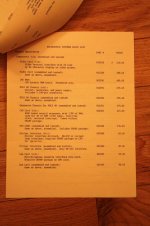The Poly-88 is just a straight S-100 bus, no termination. Most older cards will work with it. You're not going to get a 10 MHz Z80 or 8088 or something to play nice on an unterminated bus, but it's fine for old 2-4 MHz systems. It's what was found in the Altair and IMSAI. You can add termination on a terminator card, or multifunction card, if you decide you need it.
It basically all mostly works together. Sometimes there are configuration changes or cut-and-jump changes you need to make on some boards to work in some systems.
With a chassis as small as the Poly-88, you want either a two-board system that was sort of meant to go together and give you a basic system, like the original CPU+Video board, or the TDL ZPU+SMB, or take it a step further and get a SBC. Josh's JAIR-8080 is one modern option, there are *lots* of vintage options. I personally like the Vector Graphic ZCB for a S-100 SBC -- it's a 2 or 4 MHz Z80, console serial port, parallel port, ROM, bootstrap circuit, and some RAM on a single card. It's simple and reliable, and can be made to look like an IMSAI or North Star Horizon serial console easily. The Vector Graphic ROM monitor is good.
PM me if you decide you'd like something put together that will definitely work -- you can either send me your boards and I'll get them working together, or I can see what I've got that'll fit the bill.

